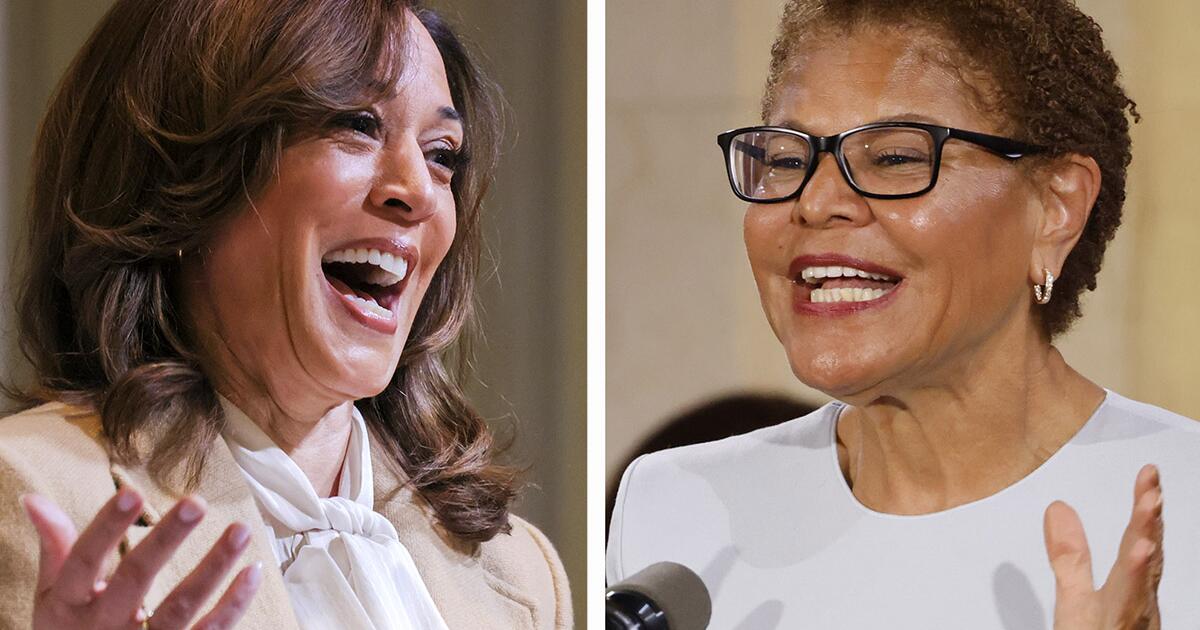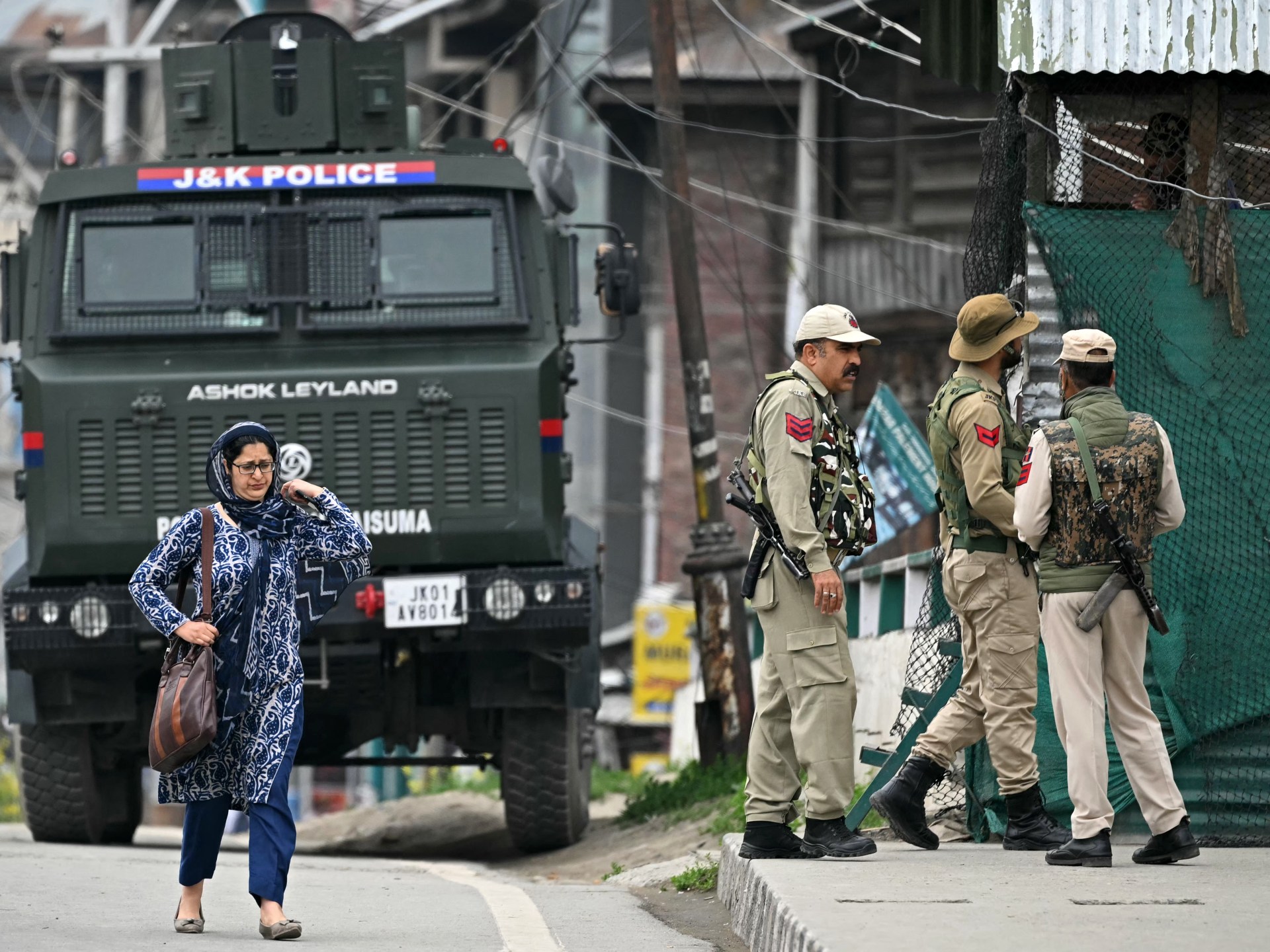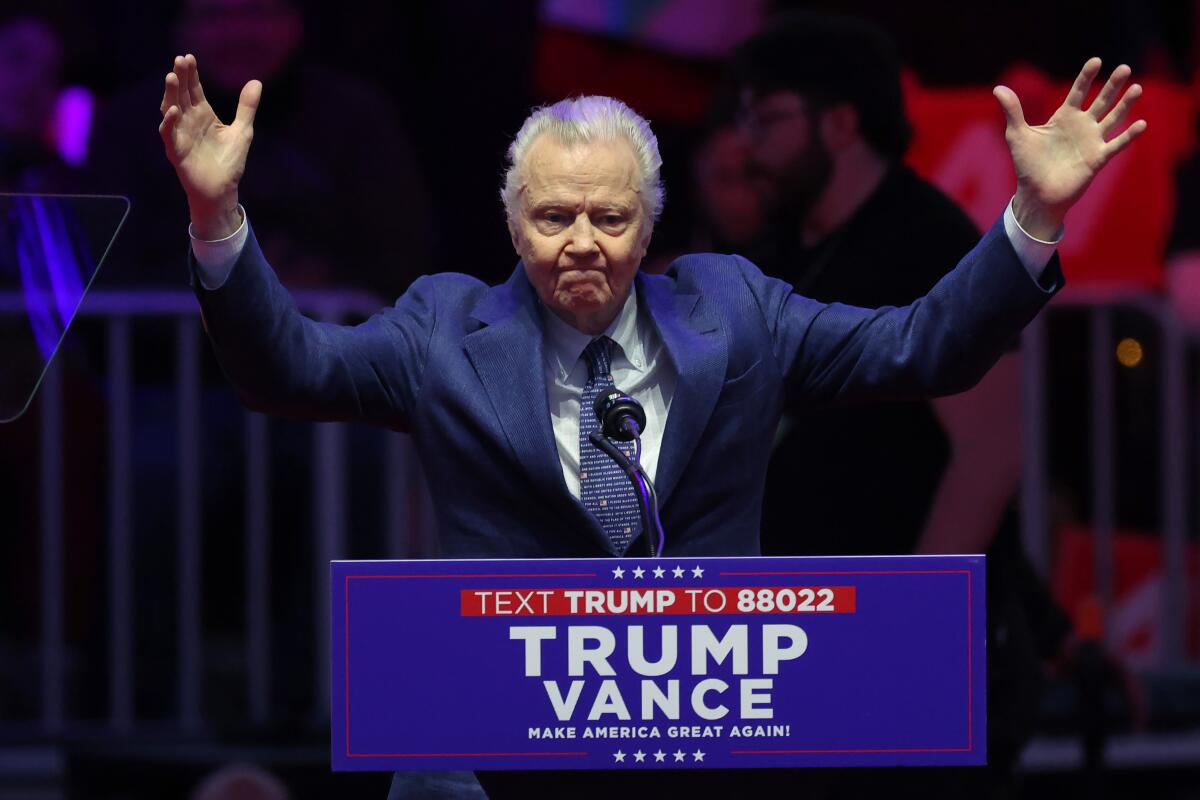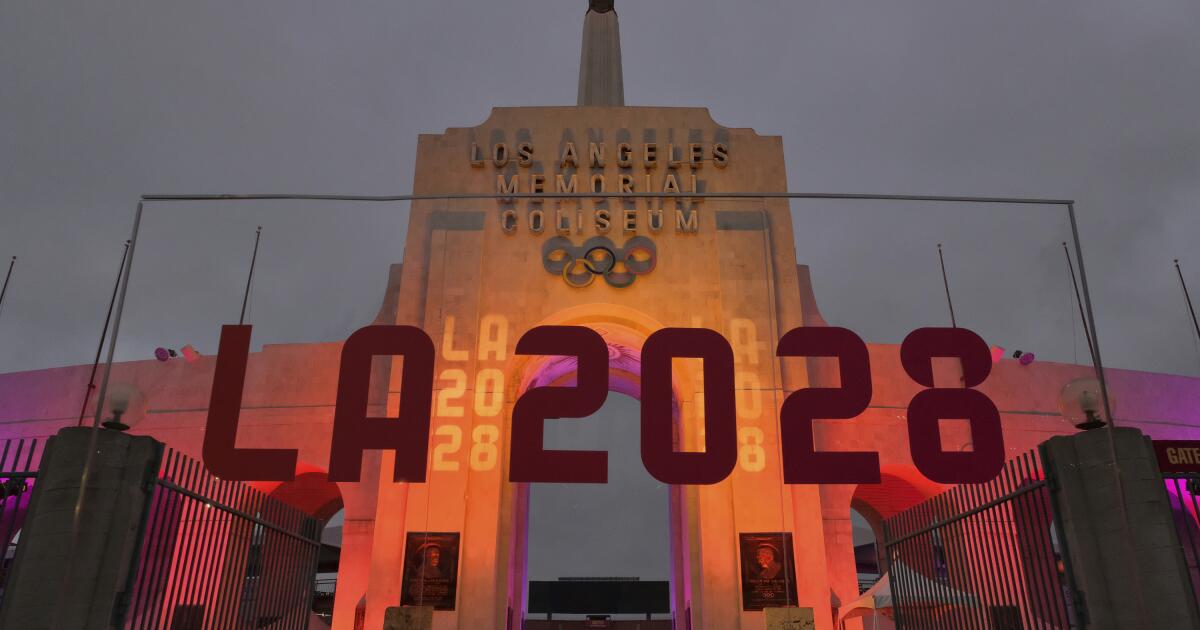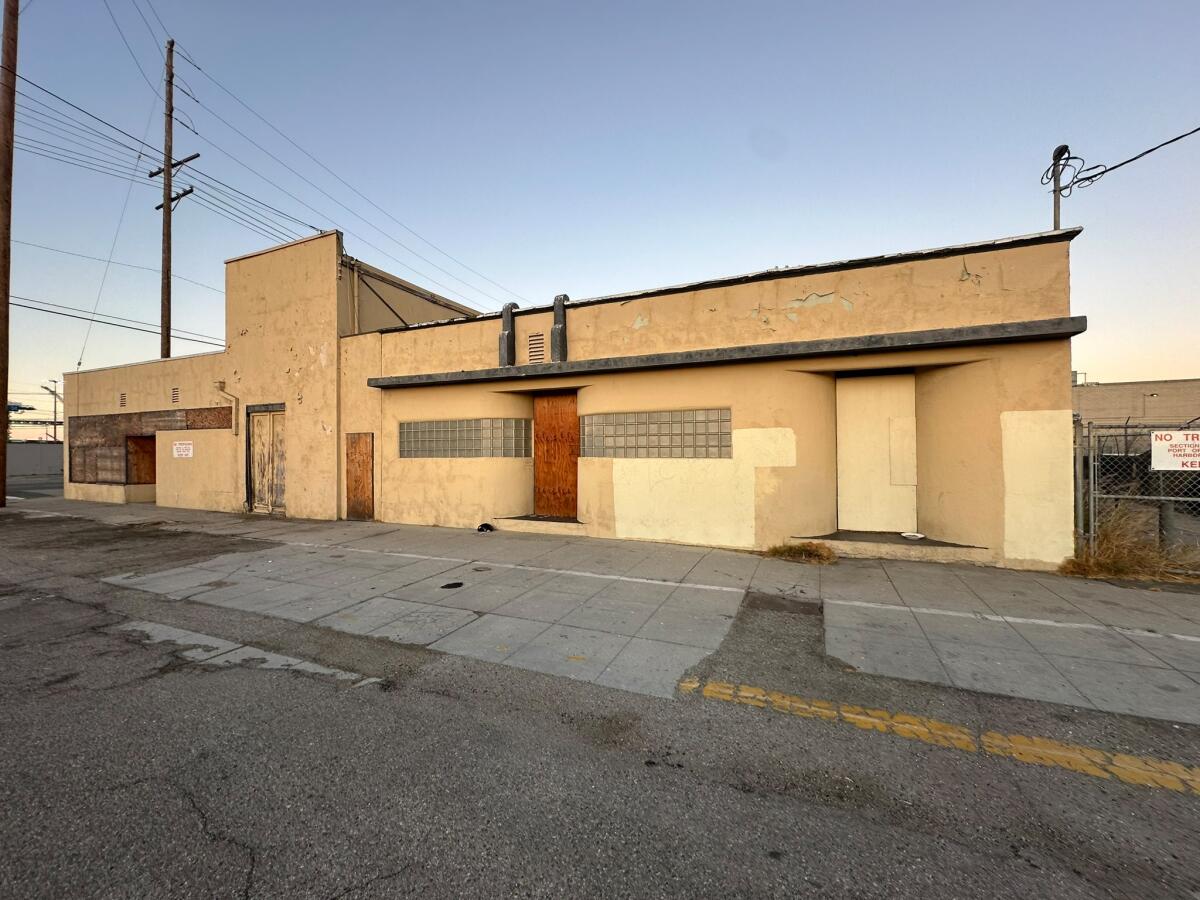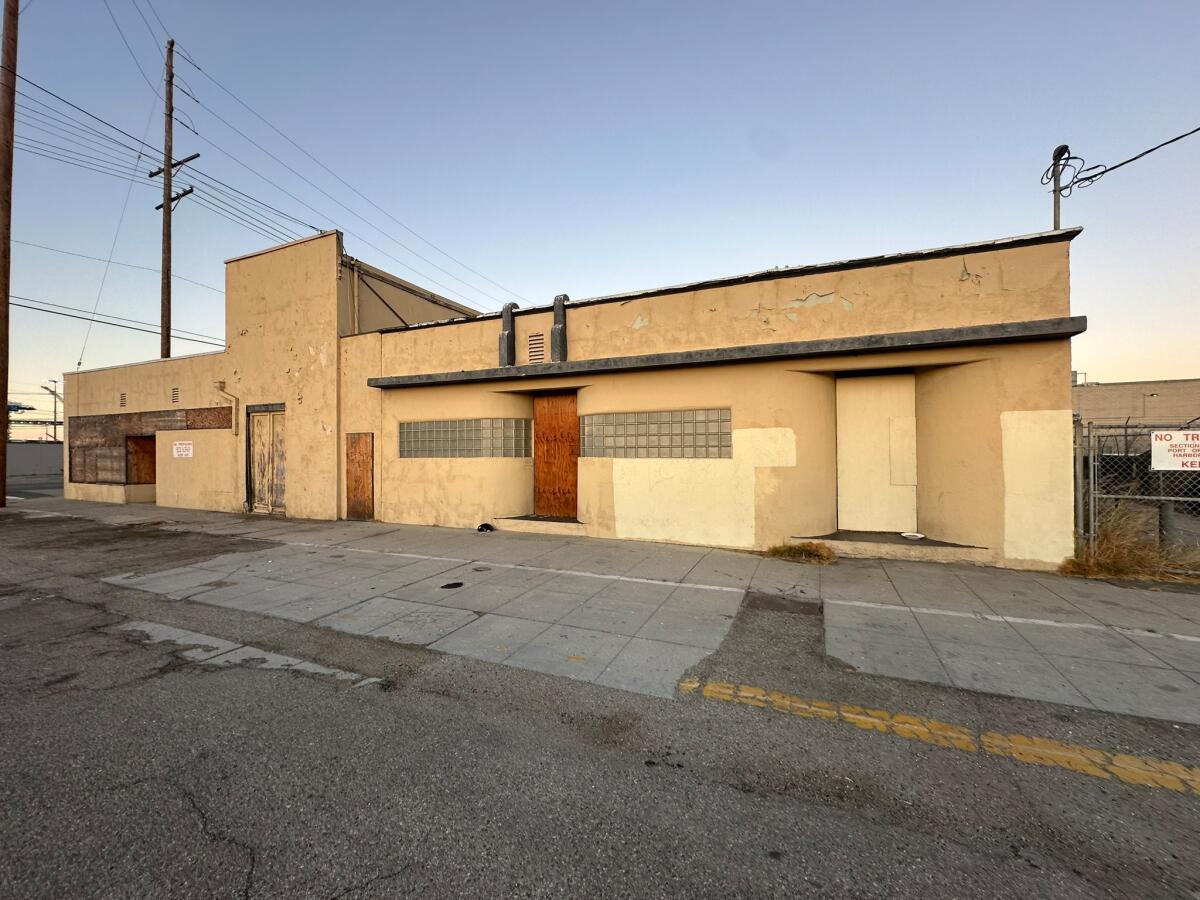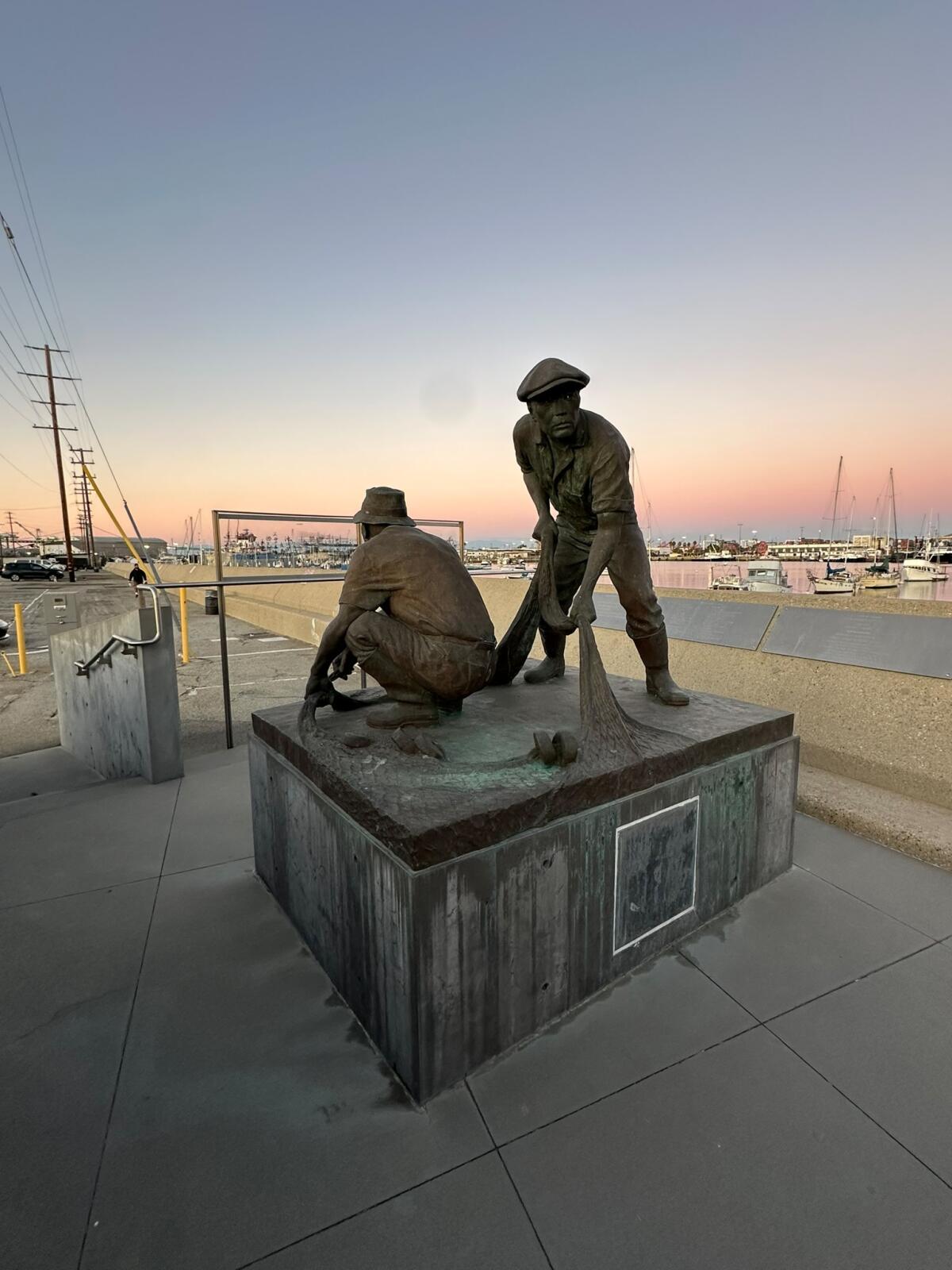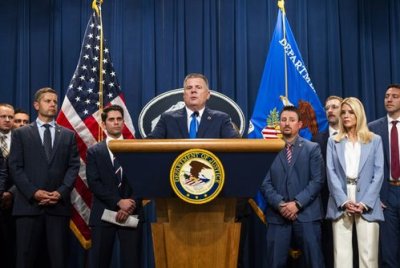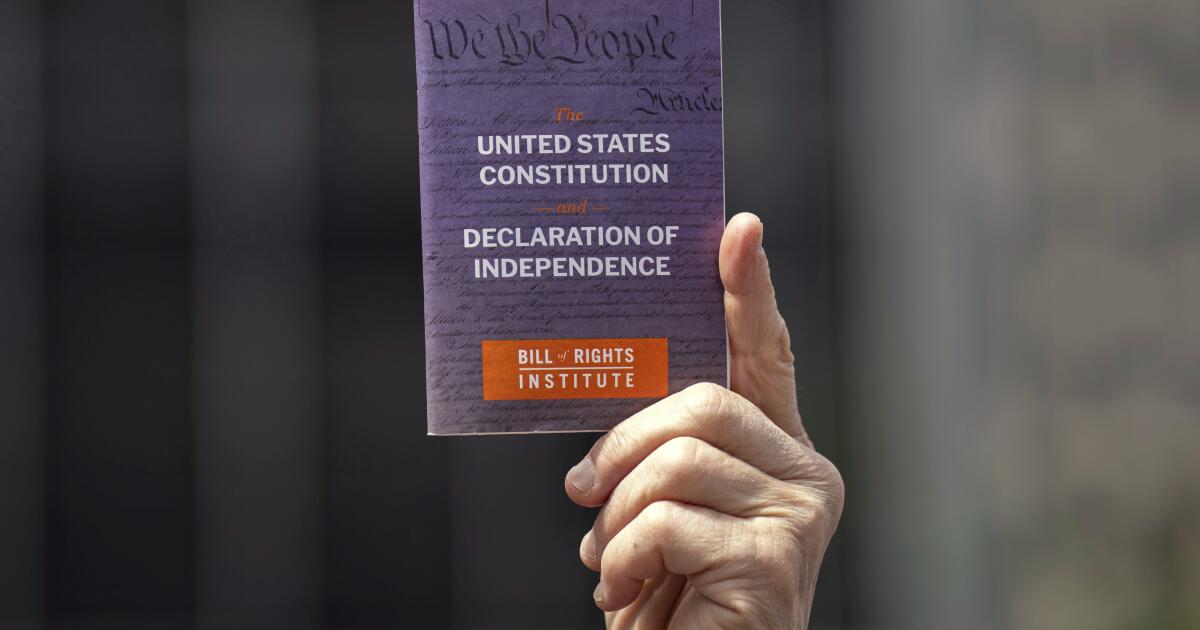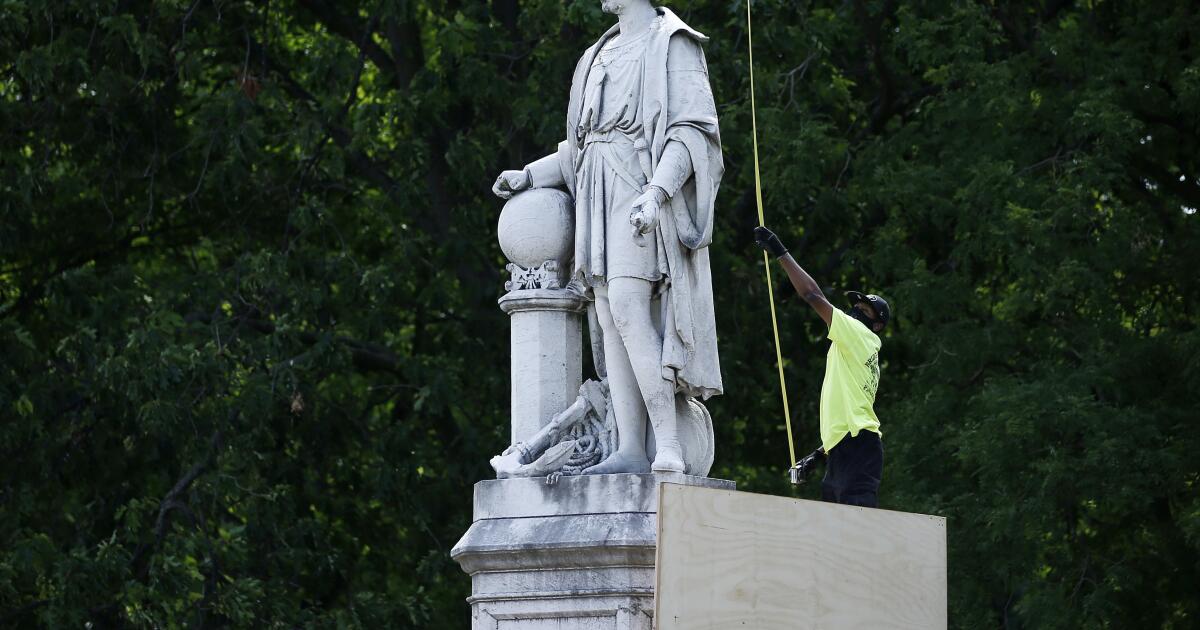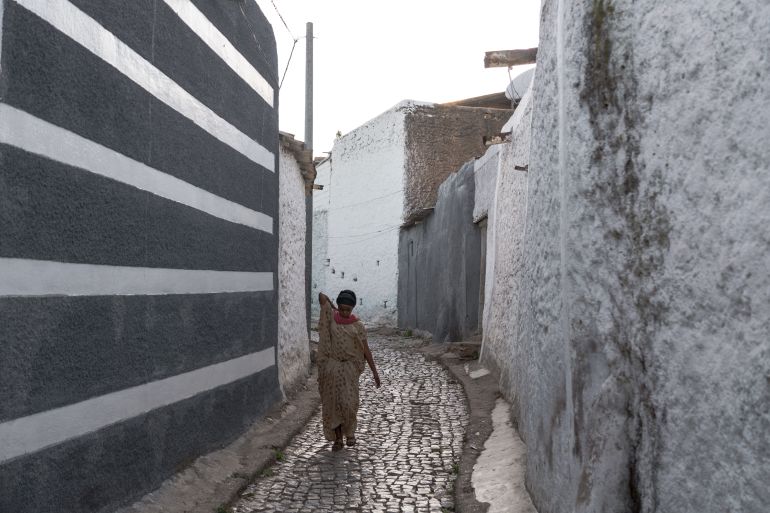From Shield to Strategy: Vietnam’s Defense Policy 50 Years After Unification
April 30, 1975, marked a brilliant milestone in the history of the Vietnamese nation when the country was officially reunified after more than twenty years of protracted resistance. Since that sacred moment, national defense and security have always played a key role in protecting the achievements of the revolution, rebuilding the country, and affirming Vietnam’s position in the international arena. After half a century of development, Vietnam has transformed from a country suffering many consequences of war into a dynamic entity, contributing to peace and stability in the region.
This article analyzes the development process of Vietnam’s defense and security over the past 50 years, from the focus on protecting sovereignty and territorial integrity to the increasingly clear role of creating a regional position. During his lifetime, the then Deputy Prime Minister Vu Khoan wrote an essay titled “Security, development, and influence,” which are not only the three strategic goals in the process of “building and protecting the homeland” during the Doi Moi period but also strongly affirm the role of security for Vietnam in the current “era of rising up.” With guaranteed security and defense, the economy is developed in the highest and most sustainable way. With strong security and defense, it creates a strong voice in the international arena, weighing down on bad wills that threaten national sovereignty.
After national reunification, Vietnam entered a post-war recovery period with numerous socio-economic difficulties. In that context, the primary task of national defense was to maintain revolutionary achievements and protect independence, sovereignty, and territorial integrity from external threats. During the 1980s, Vietnam faced border wars in the North and Southwest and was subject to embargoes from Western countries. This was a period that demonstrated the bravery, resilience, and absolute loyalty of the people’s armed forces to the cause of defending the Fatherland.
The turning point came after the 6th Congress in 1986, when the Communist Party of Vietnam initiated the Doi Moi process. In the national development strategy in the new period, national defense and security were placed in correlation with the tasks of economic development and international integration. The policy of national defense and people’s security was consolidated, closely combining the people’s hearts and military and security positions. Vietnam shifted from a defensive mindset to a preventive mindset, taking stability as the foundation, cooperation as the tool, and development as the motto.
Entering the 21st century, especially since 2010, Vietnam’s defense and security have recorded many significant advances, reflecting flexible adaptation to the changing regional and global security environment. In the context of increasing sovereignty disputes in the East Sea, Vietnam has always persevered in resolving disputes by peaceful means , on the basis of international law, especially the United Nations Convention on the Law of the Sea (UNCLOS 1982). At the same time, Vietnam has actively modernized its army, focusing on building a strong enough navy and air force to protect its sovereignty over its seas and islands. According to the 2019 Vietnam Defense White Paper, Vietnam maintains a defense policy of “no military alliances, no use of force or threat of force, no participation in military alliances, and no foreign military bases on Vietnamese territory.” This is a principle that demonstrates the peaceful, autonomous, and transparent nature of Vietnam’s defense.
In the context of the Asia-Pacific region, especially the East Sea, becoming the focus of strategic competition between major powers, Vietnam must both strengthen its defense capacity and persist in its independent, multilateral, and diversified foreign policy. The “four no’s” defense policy continues to affirm Vietnam’s commitment to peace and stability.
A highlight in the defense and security policy over the past 50 years has been the expansion of international defense cooperation. Vietnam has continuously strengthened bilateral and multilateral defense cooperation with many partners, from traditional Russia and India to “former enemies” such as the United States, Japan, and France, demonstrating Hanoi’s skillful strategic balancing role in a period of complex geopolitical competition. In addition, Vietnam is currently an active member of regional defense cooperation mechanisms such as the ASEAN Regional Forum (ARF), the ASEAN Defense Ministers’ Meeting Plus (ADMM+), the Shangri-La Dialogue, etc. Vietnam has also sent forces to participate in United Nations peacekeeping operations since 2014 in South Sudan and the Central African Republic. This is evidence that Vietnam not only focuses on protecting domestic security but also actively contributes to the common security of the region and the world.
In addition, ensuring national security and defense has also undergone major changes. In the context of non-traditional security emerging as a transnational challenge, Vietnam has promptly adjusted its awareness and response methods. Risks such as cybercrime, terrorism, energy security, environmental security, epidemics, etc. are included in the national security strategy. Vietnam has strengthened cooperation with INTERPOL, ASEANPOL, and major partners in preventing transnational crimes, ensuring social order and safety, and strengthening people’s trust in the national security apparatus.
On the basis of socio-political stability and firmly protected national sovereignty, Vietnam has increasingly affirmed its role in creating and promoting a stable, peaceful, and rule-based regional order. As the 2020 ASEAN Chair and a non-permanent member of the United Nations Security Council for the 2020-2021 term, Vietnam has actively proposed initiatives on preventive diplomacy, security dialogue, and trust building in the region. Vietnam’s extensive participation in new-generation trade agreements such as CPTPP, EVFTA, and RCEP is not only an economic achievement but also a lever to enhance economic security and national comprehensive strength.
In addition, Vietnam is gradually investing heavily in military science and technology and applying technological achievements in protecting national sovereignty and security. Fields such as digital technology, artificial intelligence, big data, remote sensing, and cybersecurity are gradually being integrated into smart defense strategies. The construction and deployment of cybersecurity operations centers, organized cyberattack prevention, and the development of high-quality human resources in the defense and security sector are opening up a new step of development in depth and breadth.
At the same time, defense policies also play a fundamental role in enhancing soft power, creating the image of a peace-loving nation, ready to cooperate and responsible to the international community. Vietnam’s efforts in humanitarian initiatives, disarmament, humanitarian assistance, and regional disaster response have contributed to enhancing the country’s prestige and position. In particular, Vietnam has always promoted its role as a mediator and coordinator in regional and international disputes, which shows that its capacity for conflict management and defense diplomacy is increasingly mature and professional.
In conclusion, after half a century of unification, it can be affirmed that national defense and security have always been a solid pillar of the cause of “building and defending the Fatherland.” At the same time, Vietnam’s national defense and security have transformed from a model tasked with protecting territorial sovereignty in the early post-war years to participating in shaping the regional and global security structure. Vietnam has gradually enhanced its strategic position, affirming its role as a partner of peace, stability, and cooperation. The achievements are clear evidence of the effectiveness of the national defense and people’s security policy under the correct leadership of the Communist Party of Vietnam. In the future, Vietnam’s national defense and security will not only stop at protecting sovereignty but also aim to create a peaceful environment for development, making a more positive contribution to global security.
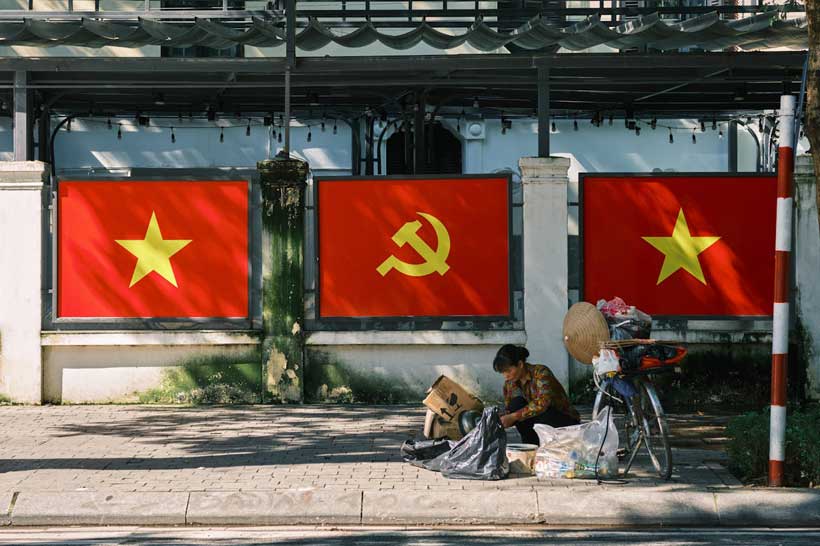
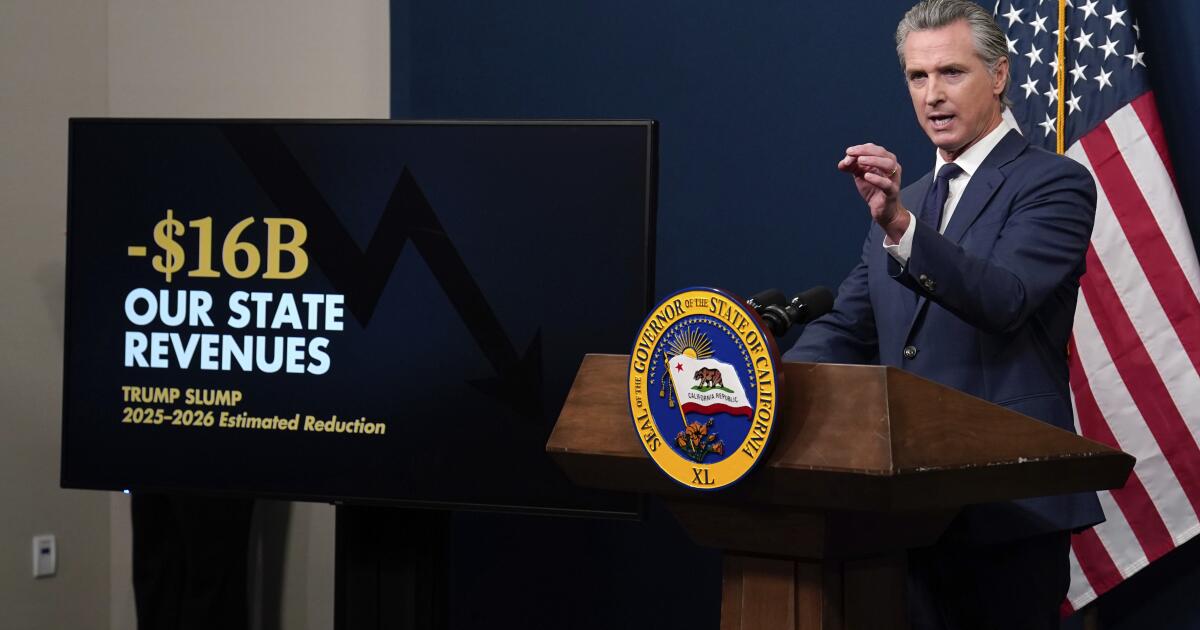
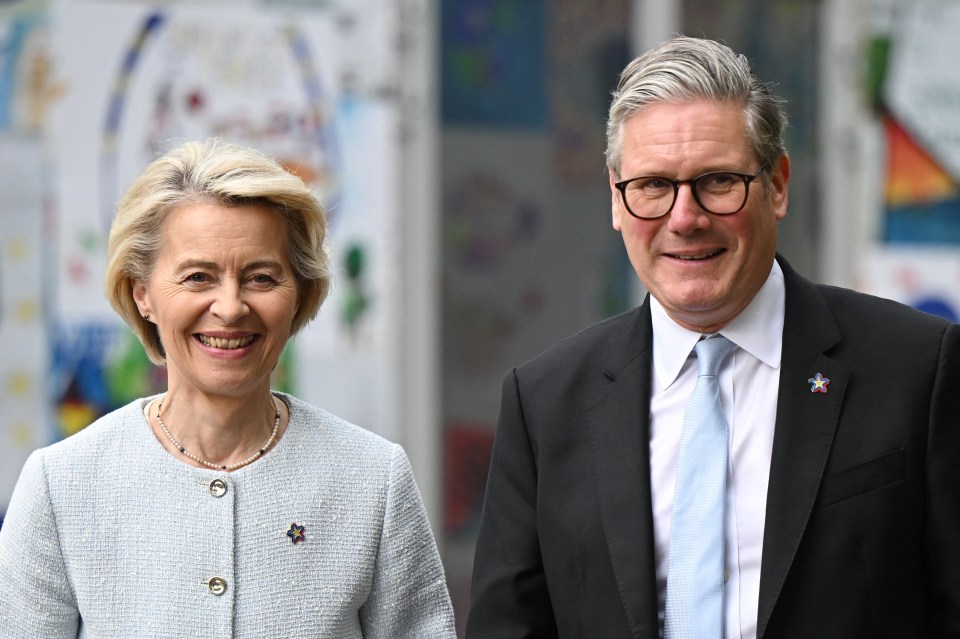




![Synthetic memories [Courtesy of Domestic Data Streamers]](https://www.aljazeera.com/wp-content/uploads/2025/05/Memory-Pepita-1747213190.jpg?w=770&resize=770%2C513&quality=80)
![Synthetic memories [Courtesy of Domestic Data Streamers]](https://www.aljazeera.com/wp-content/uploads/2025/05/Memory-Carles-Vallejo-1747213196.jpg?w=770&resize=770%2C513&quality=80)





